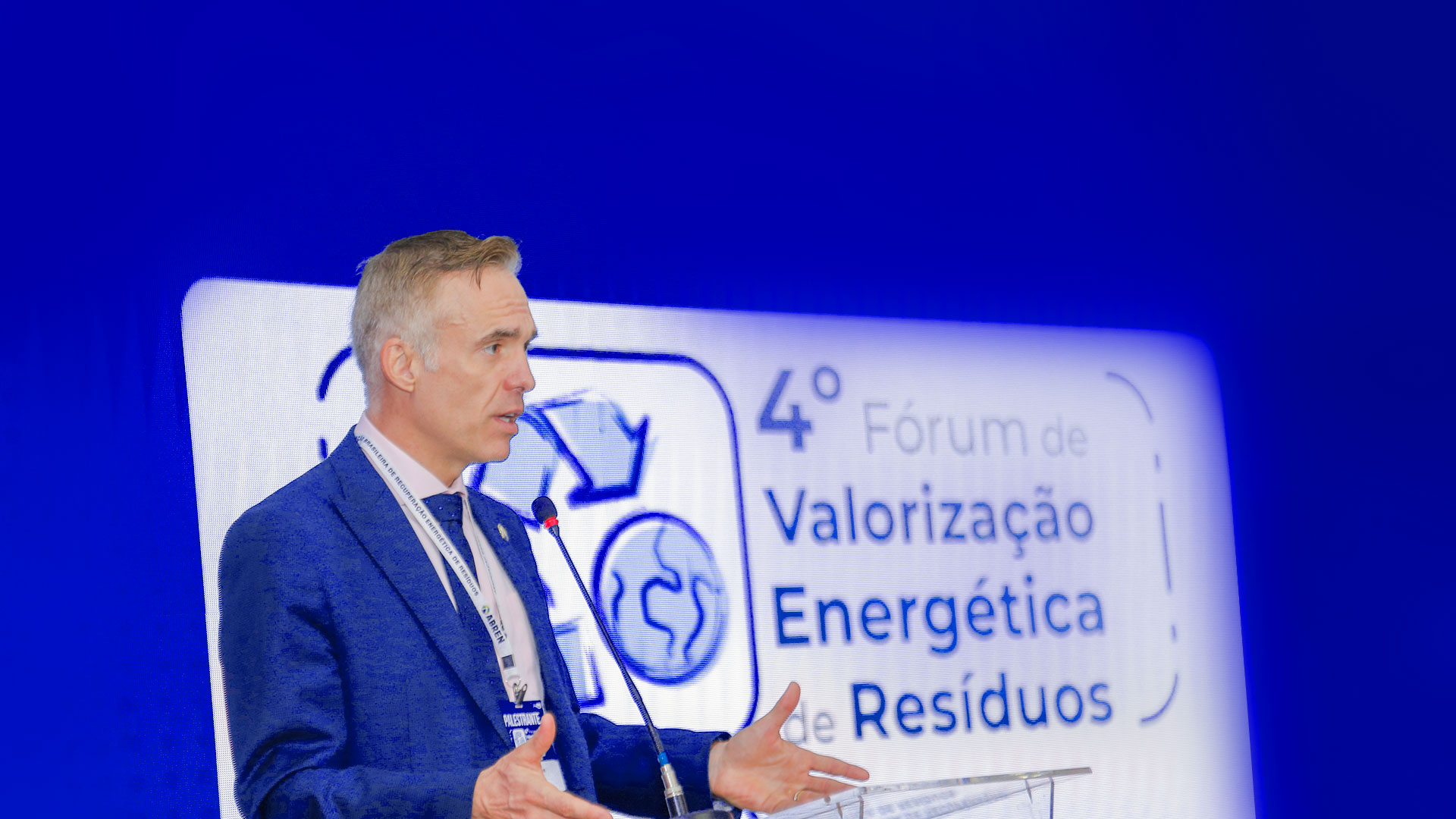Through a holistic approach, it becomes possible to find effective strategies to mitigate environmental impacts and, consequently, promote public health.
Solid waste management and greenhouse gas (GHG) emissions are two themes that represent significant challenges for environmental sustainability and public health at both national and global levels. To evaluate solutions for both issues, an integrated analysis of possible paths must be undertaken. Through a holistic approach, it becomes possible to find effective strategies to mitigate environmental impacts and, consequently, promote public health.
Greenhouse Gas Emissions in Landfills
A study conducted by Columbia University in 2021, in collaboration with the U.S. Environmental Protection Agency’s (EPA) Landfill Methane Outreach Program, revealed significant underestimations in previous EPA estimates regarding methane emissions from landfills in the U.S. On-site measurement analysis indicated that the average rate of methane generation was 0.05 tons per ton of municipal solid waste deposited, with only 48% of this methane being effectively captured by biogas collection systems (Themelis and Bourtsalas, 2021).
Recent studies focusing on methane emissions from landfills in the United States have revealed an alarming scenario, highlighting the urgency of adopting measures to combat global warming. Analysis using aircraft overflights and satellite images equipped with advanced imaging spectrometry technology showed that landfills emit nearly three times more methane than the official estimates reported to the U.S. Environmental Protection Agency. This gas, notoriously known for its potent warming effect, significantly contributes to climate change, being 86 times stronger than carbon dioxide over a 20-year period.
Another study, published by the journal *Science*, conducted by the public-private partnership Carbon Mapper in collaboration with researchers from renowned institutions such as NASA’s Jet Propulsion Laboratory and American universities, indicated that more than half of the observed landfills were “super-emitters” of methane, meaning they released more than 100 kilograms of this gas per hour. These emissions often persist for months or even years, suggesting failures in the landfill methane collection systems, which are designed to capture and burn the gas emitted by decomposing waste.
The same publication reports that over 400 landfills in the United States were evaluated between 2016 and 2022, and significant differences were found between methane (CH4) emissions reported in traditional inventories and those actually observed through measurements made by spectrometry cameras installed on satellites, aircraft, and drones. The actual methane emissions are 40% to 170% higher than those reported in landfill methane inventories in the U.S. The methane emission rates were approximately 2.7 times higher than reported in the inventories.
The study points to a serious underestimation of methane emissions from landfills, highlighting them as a critical source of greenhouse gas emissions that have so far been underestimated in climate change mitigation strategies. Identifying and correcting methane leaks in landfills is highlighted as an immediate and effective measure to reduce emissions. Additionally, strategies such as composting organic waste, thereby reducing the amount of waste deposited in landfills, are suggested as long-term solutions to mitigate methane emissions.
The growing availability of methane detection technologies, including satellites dedicated to tracking global emissions, offers new opportunities to monitor and reduce methane emissions from landfills on an unprecedented scale. The study underscores the importance of including the waste sector in global ambitions to reduce methane, emphasizing that fighting oil and gas emissions alone will not be sufficient to achieve global climate goals
Energy Recovery from Waste as a Public Health Ally
A study conducted by Zhuoshi Huang et al. (2024) in the Bohai Circle region of China evaluated the health risks associated with the operation of 96 energy recovery plants for municipal solid waste. The results indicated that the Hazard Indices (HI) and carcinogenic risks (CR) are within acceptable limits, posing no risk to human health.
In recent decades, the European waste-to-energy sector (WtE), dedicated to converting waste into energy through thermal processes, has invested considerable efforts in mitigating its environmental impacts. This commitment, supported by data compiled by the Confederation of European Waste-to-Energy Plants (CEWEP), has focused on reducing pollutant emissions, with special attention to dioxins and furans, known for their potential harm to health and the environment.
A comprehensive study conducted by CEWEP revealed significant advances in this area, demonstrating the effectiveness of the measures adopted by the sector across Europe. Thanks to stringent legislation, dioxin emissions from Waste-to-Energy (WtE) facilities account for less than 0.2% of total industrial dioxin emissions. The analysis was based on detailed information provided by members of the confederation, offering deep insights into the achievements in reducing these harmful compounds both within WtE facilities and in their surroundings.
The study’s results indicate that, contrary to previous concerns, there is no direct correlation between the presence of dioxins and furans around a WtE plant and the emissions produced by it. This outcome underscores the efficiency of control technologies and stringent environmental regulations in place, which have limited dioxin emissions to a minimal fraction of total industrial dioxin emissions in Europe.
Additionally, the importance of continuous monitoring of these emissions is emphasized, showing consistency between periodic and continuous measurement results, indicating extremely low dioxin and furan emissions from well-managed WtE facilities, which are 70% below the detection limits of measurement equipment. This outlook offers an optimistic perspective on the role of the WtE sector in waste management and energy production, aligning with environmental sustainability goals.
Mitigation Strategies
The integration of these study findings highlights the urgency of adopting multifaceted strategies to address the challenges of waste management, greenhouse gas emissions, and health risks. The implementation of advanced biogas capture systems in landfills, the enhancement of energy recovery technologies to minimize greenhouse gas emissions, the enforcement of effective waste segregation policies at the source, and the innovative use of Earth observation data for monitoring methane emissions in landfills are essential measures.
To achieve significant results, collaboration between governments, the private sector, the academic scientific community, and society is crucial. The adoption of more sustainable waste management practices and emission mitigation technologies will not only contribute to the reduction of adverse environmental impacts but also promote long-term public health and well-being.
Prof. Dr. Fabio Rubens Soares is a Chemical Engineer from the Oswaldo Cruz School of Engineering, holds a Ph.D. in Energy from Federal University of ABC (UFABC), and a Post-Doctorate in Bioenergy from the University of São Paulo (USP).
Dr. Yuri Schmitke A. B. Tisi is Vice President LATAM of Global WtERT Council and Executive President of ABREN






